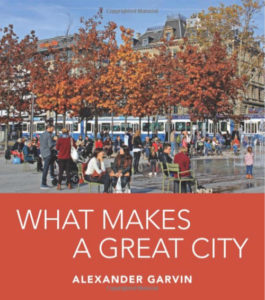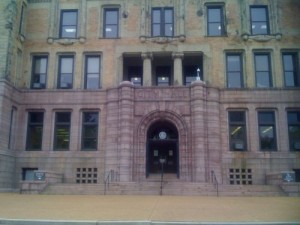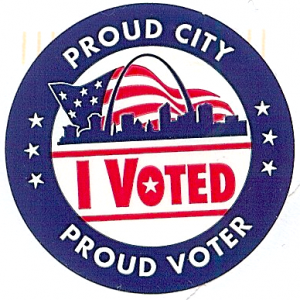Opinion: Service Workers Rarely Get Holidays Off

This afternoon we’re driving up to Springfield IL for Thanksgiving with my husband’s family tonight, his uncle has to work tomorrow. Like many service workers, my husband is off this afternoon & tomorrow only because he requested unpaid time off.
Though only a 90-minute drive, we stay overnight in a hotel to avoid a late night drive back to St. Louis. Tomorrow we’ll drive home, grab a casserole dish from our fridge, and head to my 20+ year tradition of a vegetarian Thanksgiving with long-time friends. Though we won’t stop at any malls or traditional retail stores like Target, we will encounter people working on Thanksgiving Day. .
The first people we’ll encounter working on Thanksgiving will be hotel staff — preparing breakfast and working the front desk. We won’t see them, but after we check out, a cleaning crew will get our room ready for the next guests. We may get gas before we leave Springfield — even with pay-at-the-pump someone is working inside. I’ll set the cruise control at the speed limit because the highway patrol will be working. Hospital, fire & EMS crews will also be working, as always.
If we’ve forgotten anything we might stop at a convenience or drug store, where more people will be working. Many of them will reach their jobs via public transit — bus drivers & train operators don’t get holidays off. The airport isn’t closed either.
My point is many people have to work on holidays, cities just don’t shut down completely. This is related to one of the few areas where I strongly disagree with Sen. Bernie Sanders’ push for a federal election holiday.
Big businesses like banks and the white collar jobs at pharmaceutical companies shut down, and all the employees get a day off with pay. Schools and universities shut down, giving teachers and professors time to vote.
But you know what doesn’t shut down for federal holidays? Retail. Restaurants. Hospitals. Smaller businesses that can’t afford to lose a day of revenue, and if they do, they certainly can’t afford to pay people for the time off. (Inc)
Interestingly, in the Sunday Poll nobody voted that retail stores should be open.
Q: Agree or disagree: Brick & mortar retail stores, shopping centers, malls, etc. should be closed on Thanksgiving DayStrongly agree 25 65.79% 65.79%
- Agree 4 [10.53%]
- Somewhat agree 2 [5.26%]
- Neither agree or disagree 5 [13.16%]
- Somewhat disagree 0 [0%]
- Disagree 0 [0%]
- Strongly disagree 0 [0%]
- Unsure/No Answer 2 [5.26%]
Hopefully everyone who encounters anyone working tomorrow will think about how their day would be impacted if they weren’t working. Don’t get me wrong, I’m not saying retail stores should be open on Thanksgiving. I’m saying service workers are an under-appreciated part of society.
A friend who works retail will be off tomorrow, his employer will be closed. Unfortunately, he can’t go visit the person he’d like to because he only has the one day off.
— Steve Patterson



 Once it became clear Sen. Bernie Sanders would not be able to overcome the inevitability of Hilary Clinton as the Democratic nominee, I knew I’d be unhappy with the election results. Like most, I fell for the punditry that said Clinton would win both the electoral college & popular vote. As you know, Trump won the electoral college, Clinton the popular vote. How is this possible? One state: California.
Once it became clear Sen. Bernie Sanders would not be able to overcome the inevitability of Hilary Clinton as the Democratic nominee, I knew I’d be unhappy with the election results. Like most, I fell for the punditry that said Clinton would win both the electoral college & popular vote. As you know, Trump won the electoral college, Clinton the popular vote. How is this possible? One state: California.